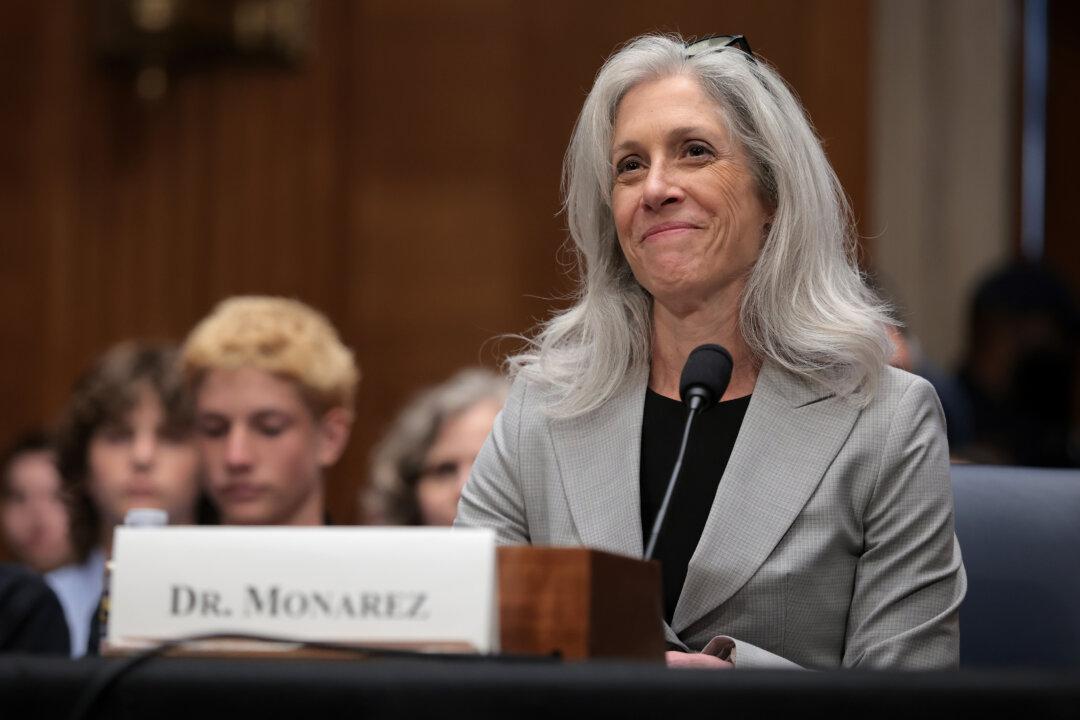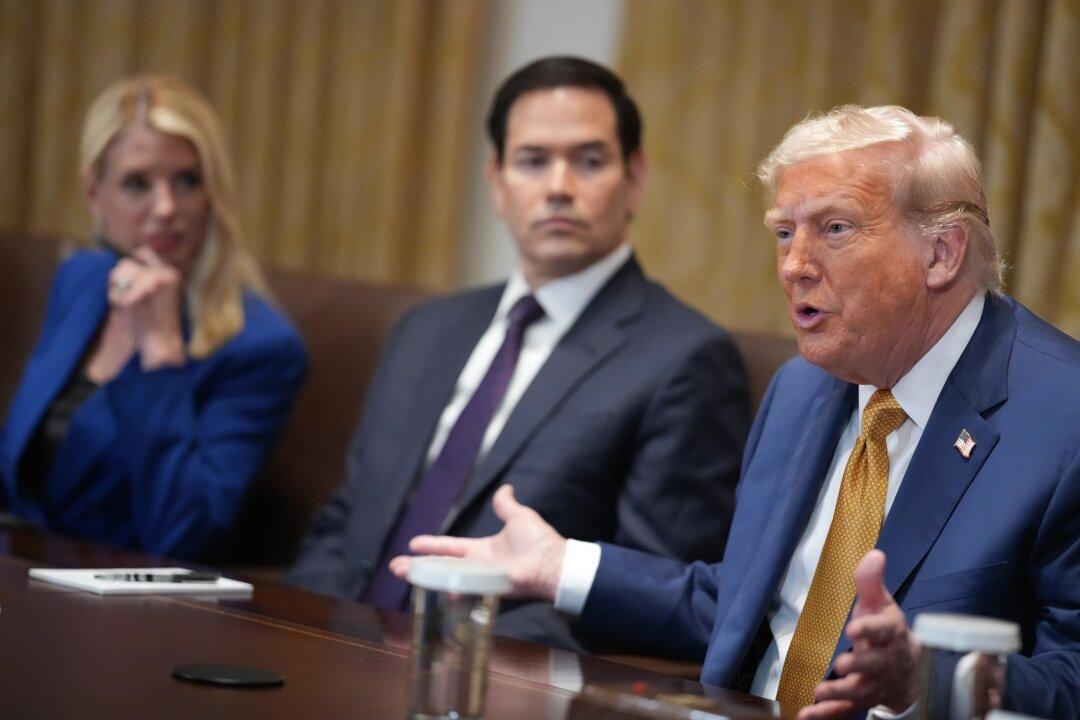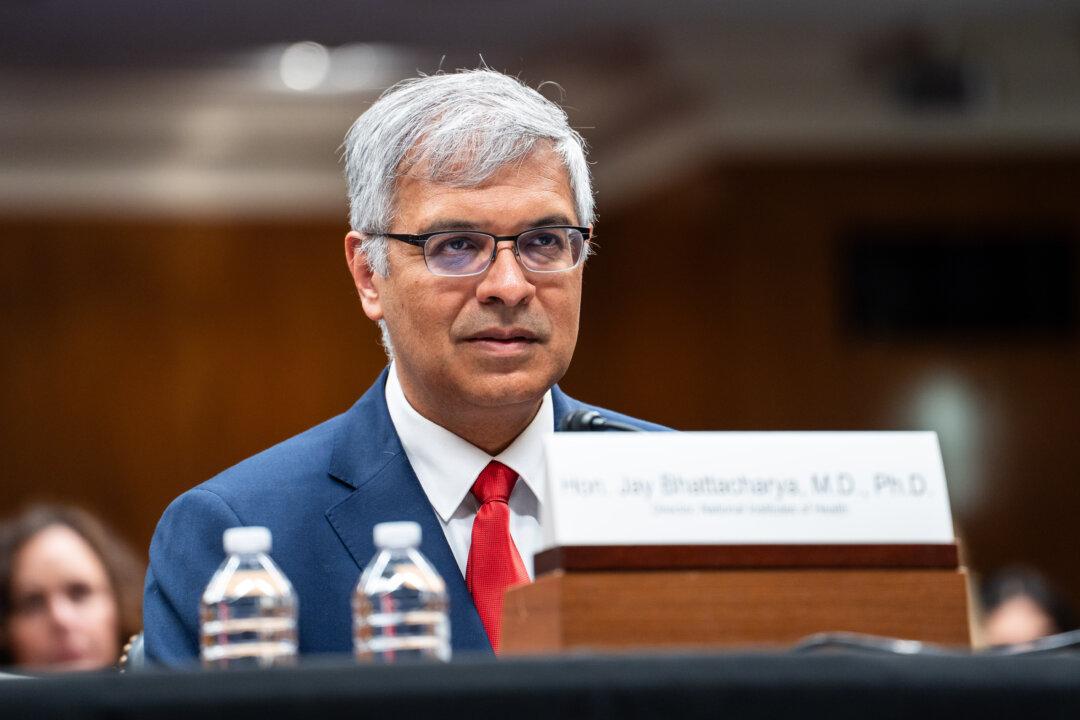Former President Bill Clinton was among those pushing for the assault weapon ban to be reinstated, despite studies indicating the ban had little effect when in place.
Clinton signed the ban into law in 1994 but it expired in 2004. It hasn’t been renewed since.





